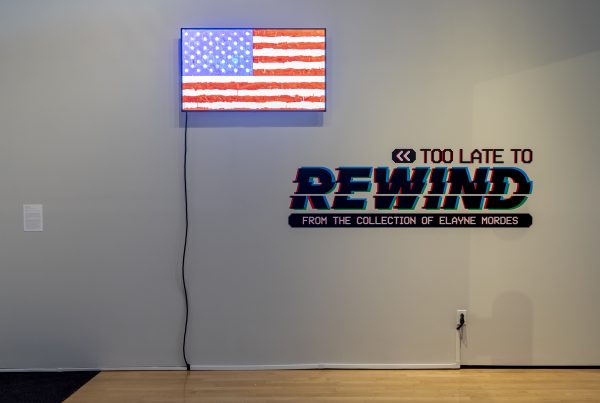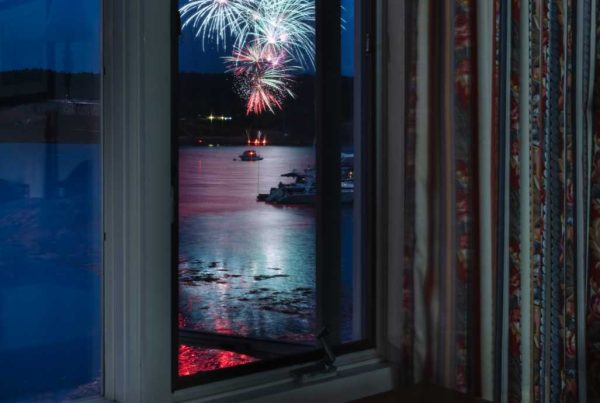10. Young Adult.First of all, any movie that places a Teenage Fanclub song over the opening credits has me at hello. But beyond the myriad surface pleasures of this perceptive dramedy (A rock band of recent mothers is called “Nipple Confusion”) lies a profound study of stunted adolescence and mental imbalance, another winner from the creative team behind “Juno.” Charlize Theron gives one of the best performances of the year, and unlike Michelle Williams’ troubled heroine in the worthless “My Week With Marilyn,” we actually want to see her get better.
9. Drive. In the world of narrative cinema, conventional wisdom dictates that form without content is merely directorial masturbation, and that only harmony between both can achieve nirvana. “Drive” debunks this theory. I can’t say much in defense of the movie’s story, the stuff of many a B-noir. But it remains the year’s most ravishing visual experience, a film that might have even worked better as a modern silent movie. (In its extended wordless moments, it’s more daring and surprising than “The Artist.”) Its images, which find the beauty in brutality, are forever burned into my retinas, and stone-cold Ryan Gosling gives the best of his three terrific performances last year.
8. Of Gods and Men. This staggering, true-story-based drama from Canada centers on a group of eight monks who run a monastery and clinic in an Arab country in the mid-90s; their peaceful and ascetic existence is threatened by the rise of Islamic extremism. This poetic, unsettling experience reminded me of cinema’s great directors of films about faith, from Robert Bresson to Ingmar Bergman to Roberto Rossellini; it’s a haunting observation of transcendence, morality, the perils of human kindness and the cinema itself. Foregoing clunky symbolism and hip irony, Xavier Beauvois directs it all with startling compassion and directness.
7. Le Havre. Only a director like Aki Kaurismaki, Finland’s master of the deadpan proletariat comedy, could film a miracle with as much down-to-earth naturalism as he manages in “Le Havre,” injecting magic realism into the milieu of the downtrodden and the banal. “Le Havre” is, in script outline only, a dying-person drama and a “social problem” film, dealing with the cruel deportation of African immigrants in France and the scourge of cancer. Kaurismaki addresses both issues without sentimentality or didacticism, instead funneling both through his idiosyncratic, pleasantly uplifting worldview.
6. Certified Copy. What happens when everything a filmmaker tells us about his characters is suddenly turned on its head? This is the dilemma that viewers of Abbas Kiarostami’s confounding “Certified Copy” will face about 50 minutes in to the movie. As dense and cerebral as avant-garde literature, this was the year’s most beguiling (and maybe its most divisive) film. As its title suggests, it’s a meditation on authenticity, reproduction and the art of acting, presented with confident, unimpeachable elegance. This is the kind of lovely, inscrutable, ‘60s European art-house film that nobody makes anymore.
5. Pina. It hasn’t opened in South Florida yet, but mark your calendars when it does: Wim Wenders’ “Pina,” a 3D movie for patient grown-ups about the philosophies and creative output of the late modern-dance choreographer Pina Bausch, is one of the most sensitive and audacious tributes to the pains and triumphs of the artistic process that I’ve ever seen. Extricating Bausch’s dancers from the familiar confines of the stage, Wenders films them performing her numbers in public parks, pools and intersections, excavated buildings, even at the top of a cliff, just one of the many ways this genius film is a rebuke to the staid formula of the artist biography. Without question the documentary of the year.
4. Hugo. This was a year of Hollywood nostalgia, with Tinseltown flashbacks like “The Artist” and (inexplicably) “My Week With Marilyn” expected to gobble up awards this Oscar season. But only Martin Scorsese’s “Hugo” had the chutzpah to drape its throwback to film’s formative period in today’s crassest example of commercial exploitation: 3D. Employing the top special effect of today to ruminate on the astonishing special effects of yesteryear – specifically the crude science fiction one-reelers by silent-film director George Melies – Scorsese forges an indelible connection between past and present. A more loving homage to a filmmaker’s forebears I have never seen; it stands proudly above every 3D movie before it.
3. Shame. Finally, an NC-17 movie that actually earns its adult rating. Every bit of exposed genitalia is necessary, and ultimately alienating, in this unsettling portrait of the decline of a sex addict (an engrossing Michael Fassbender) and his mentally unstable sister (an unraveled Carey Mulligan, eschewing her pixie cuteness). Diagnostically accurate and squirmingly uncomfortable, “Shame” is a boiling cauldron of carnal depravity, a perfect distillation of the way addiction swallows up everything in the addict’s life. Director Steve McQueen films his characters’ breakdowns in unbroken, unflinching takes that enhance the movie’s authenticity. “Shame” brings out the worst in people, and the best in its actors.
2. Le Quattro Volte. The word “humanist” doesn’t cut it when expressing the m.o. of this virtually wordless existential film from first-time director Michelangelo Frammartino. The scope of this aural and visual masterpiece reaches far beyond us humans. The film opens with an observant study of the life of a sickly goatherd; when he unsurprisingly dies, it shifts its focus to one of the goats, then a tree, then a mountain of wood coal, all cut from the same fold of transmutated cloth. In this unforgettable evocation of the circle of life (human to animal to vegetable to mineral), man is definitely not at the center of it all, a novel concept in narrative moviemaking.
1. The Tree of Life. This was the film that stuck with me the most in 2011. Epic and intimate, sprawling and contained, personal and universal, arrogant and modest, “The Tree of Life” has more ideas in its two and a half hours that some filmmakers generate over the course of entire careers. A timeless, canonical work of art, Terrence Malick’s fifth film is his best and most ambitious, a cosmic glance at the lives of a family in the 1950s (anchored by the best performance Brad Pitt has given in years, if not ever) that situates their plight in a context beyond our grasp — from the formation of our universe to the development of existence on Earth to the assertion of an afterlife. Malick finds God in every canted camera angle, as if the omniscient deity is a restless onlooker bouncing around the action as neutrons around an atom. I don’t have an answer for every strange detour in “The Tree of Life,” but its endless possibilities only enhance its mysterious appeal.
Honorable mentions: “Circumstance,” “The Descendents,” “Martha Marcy May Marlene,” “Meek’s Cutoff.”
Most overrated of 2011: “A Dangerous Method,” “The Help,” “Melancholia,” “My Week With Marilyn,” “Rise of the Planet of the Apes.”






